Japan in Chrome and Leather, by Keizo Motoda
The series entitled 'Todoroki' by the photographer features men and women whose appearance stands out in the uniformity of Japan's streets.
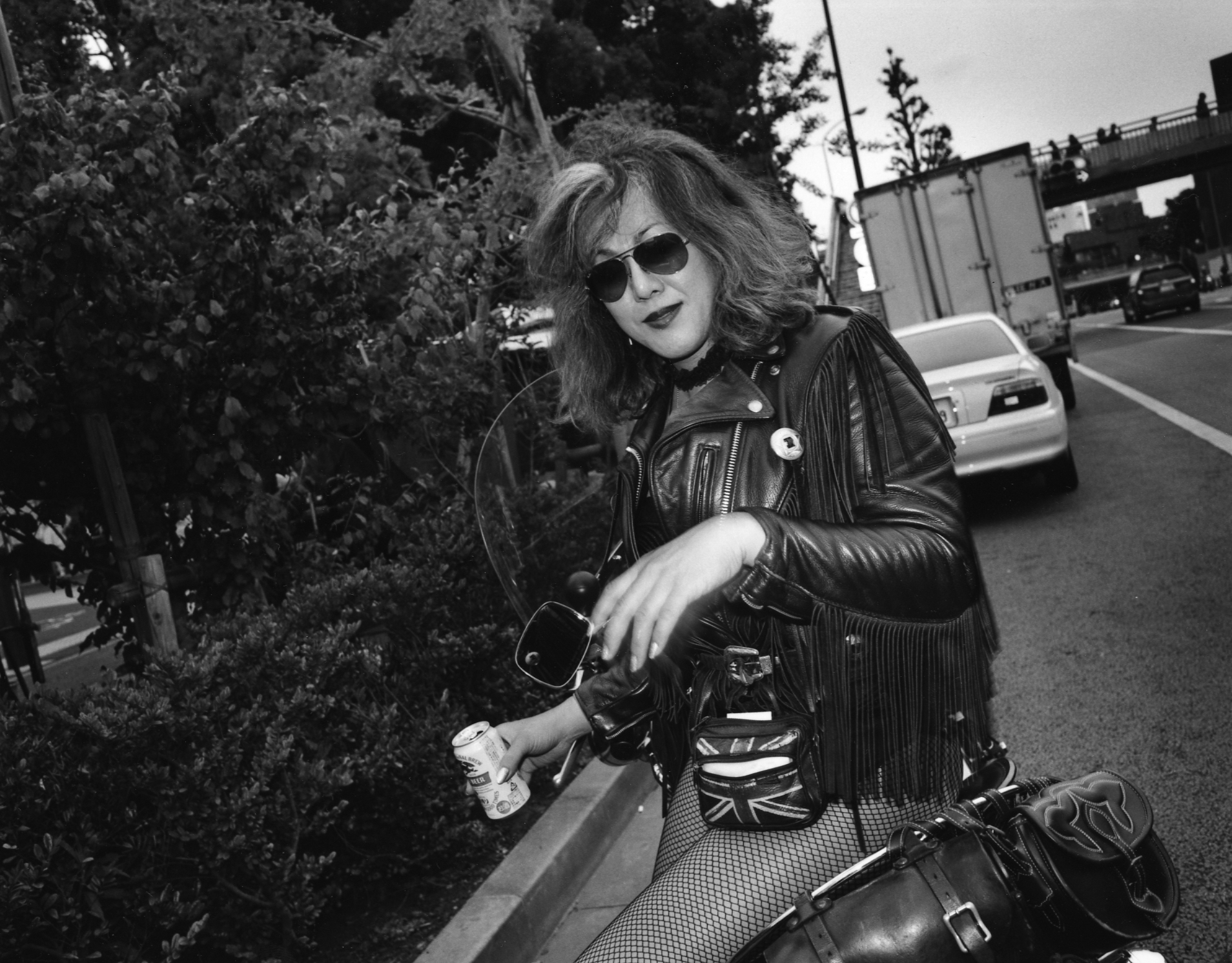
Todoroki © Keizo Motoda
Free individuals, dressed in leather; musicians; rockers; old cars; motorbikes, chrome-plated… A whole universe to which Keizo Motoda attaches particular importance is presented in the series Todoroki (2019).
In these photographs, the artist—born in Osaka in 1971—shows subcultures and people on the fringes of society who, whether bikers, rockers, or wandering Buddhists, make heads turn in the street owing to their quirky or provocative looks. ‘I particularly like bad boys and bad girls’, the artist explains to Pen.
People who bring life to the streets
The black-and-white photographs in high density—taken from 2010 onwards, without any precise dates given—showcase certain details and bring the leather of jackets, the metallic paint of cars, and subjects’ hair to the forefront, sexualising the context to a certain degree. The artist’s perspective as transcribed in his photographs shows the relationship that forms between him and his subjects, a sort of admiration, of gratitude for bringing life to a society that might appear homogenised. Prior to taking his photographs, the artist likes to chat with the subjects he selects and states: ‘sometimes we have a beer together in the street.’ In the book’s afterword, Keizo Motoda explains the degree to which he is touched by ‘the sadness, the joy of the people I encounter, the flourishing and the decline of the streets.’
Previously, in the series Capella published in 2010 by MATCH and Company Co., Ltd., Keizo Motoda featured cars made by Mazda, iconic vehicles in 1970s Japan.
Todoroki (2019), a book of photographs by Keizo Motoda, is published by Sokyu-Sha.

Todoroki © Keizo Motoda
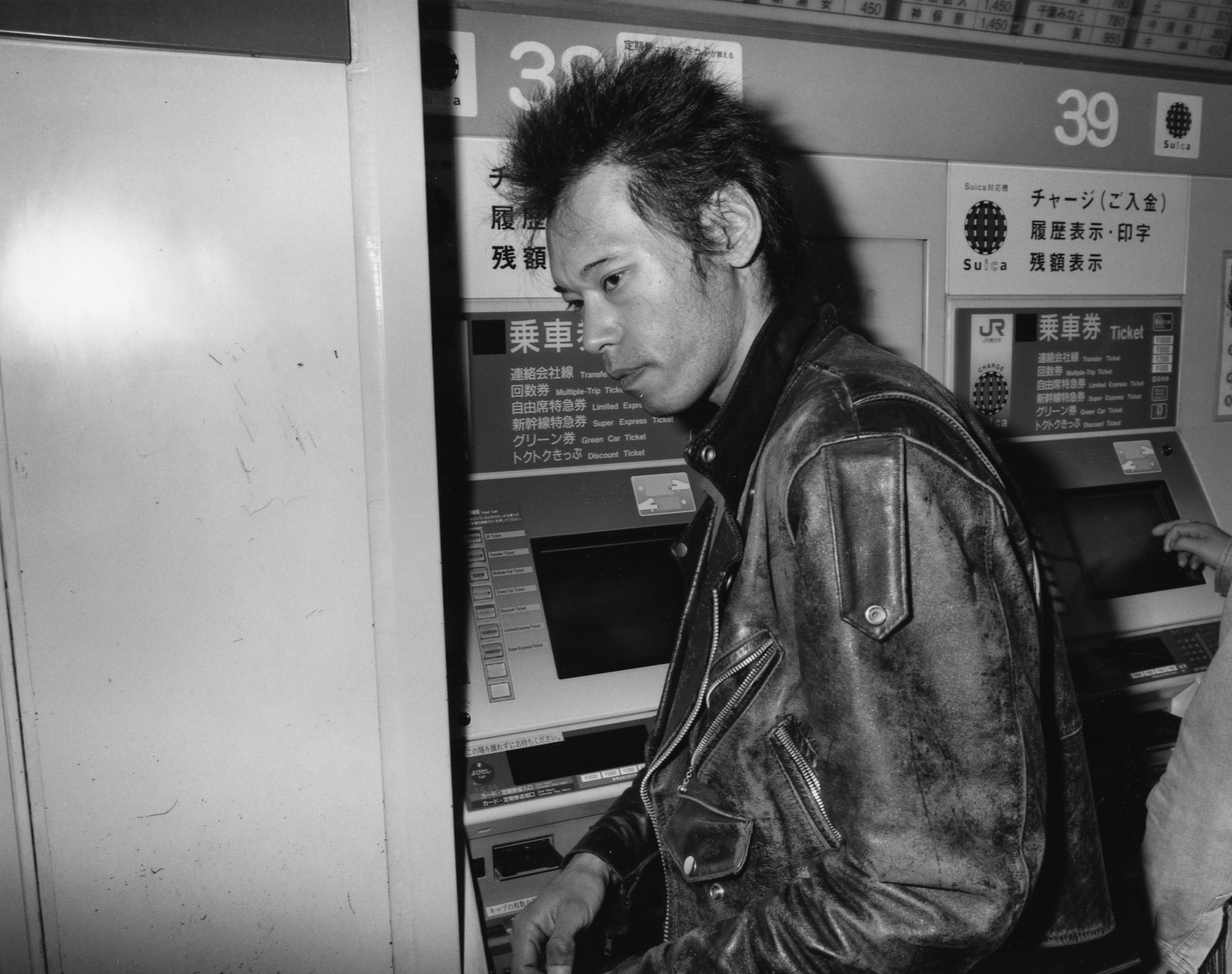
Todoroki © Keizo Motoda
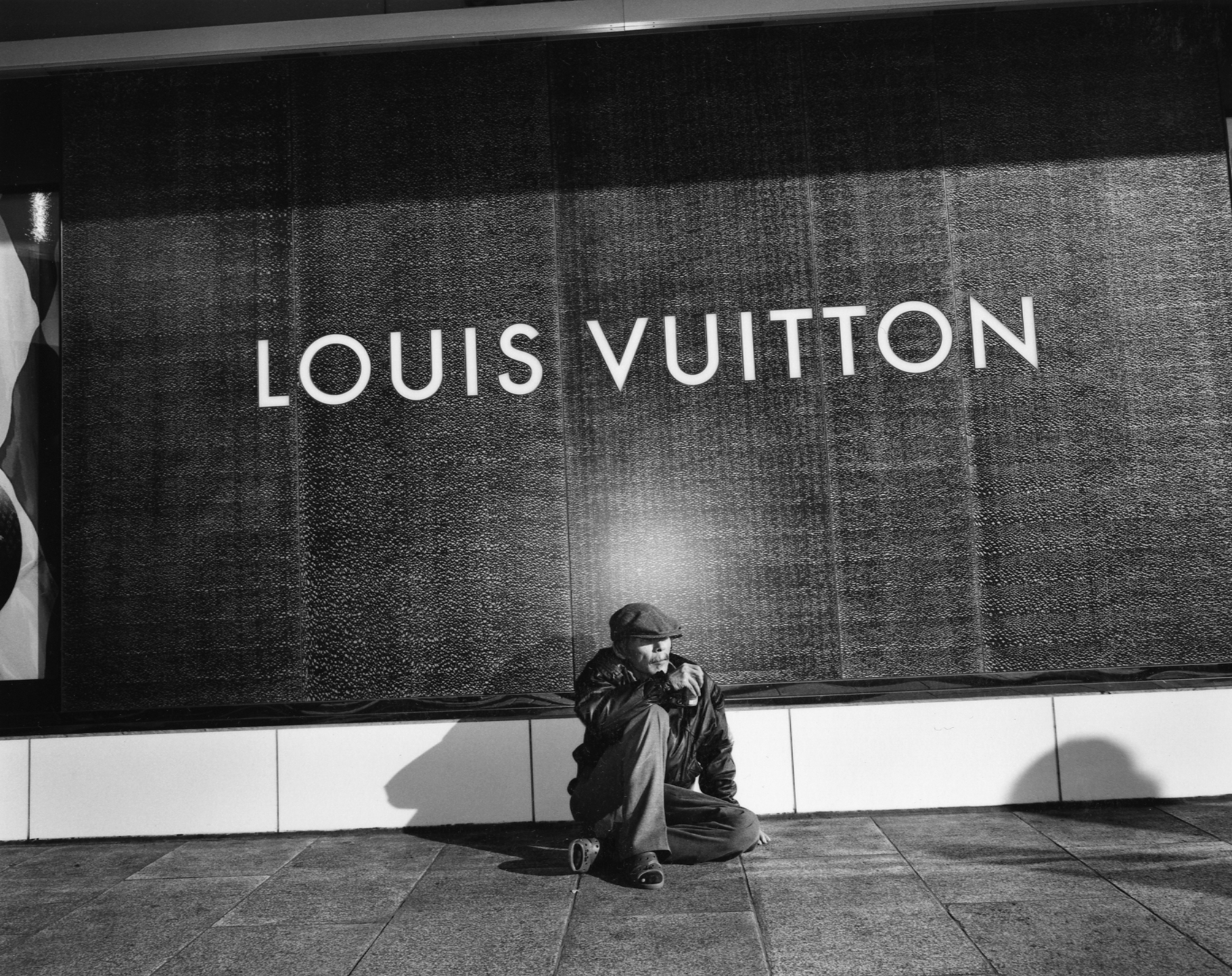
Todoroki © Keizo Motoda
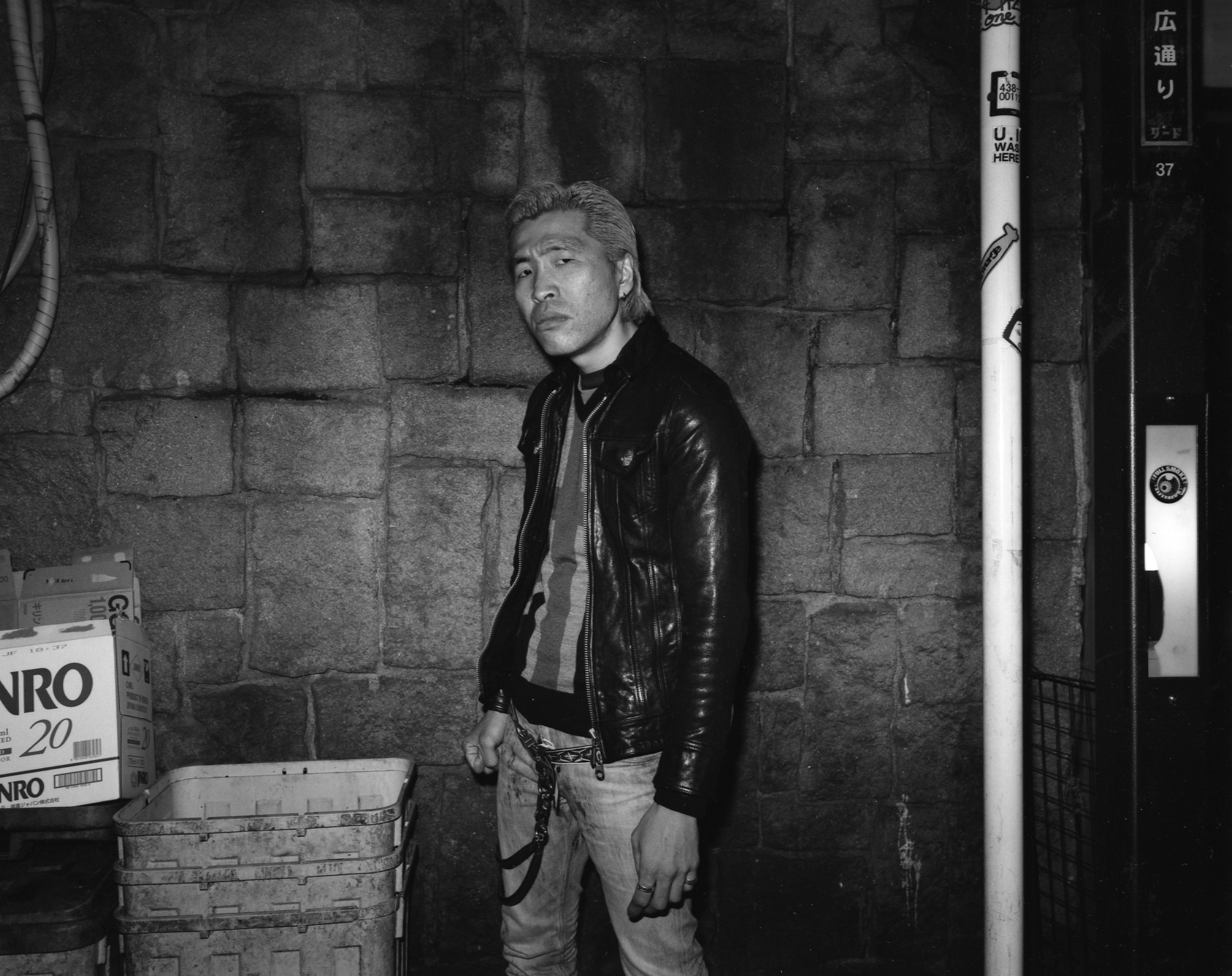
Todoroki © Keizo Motoda
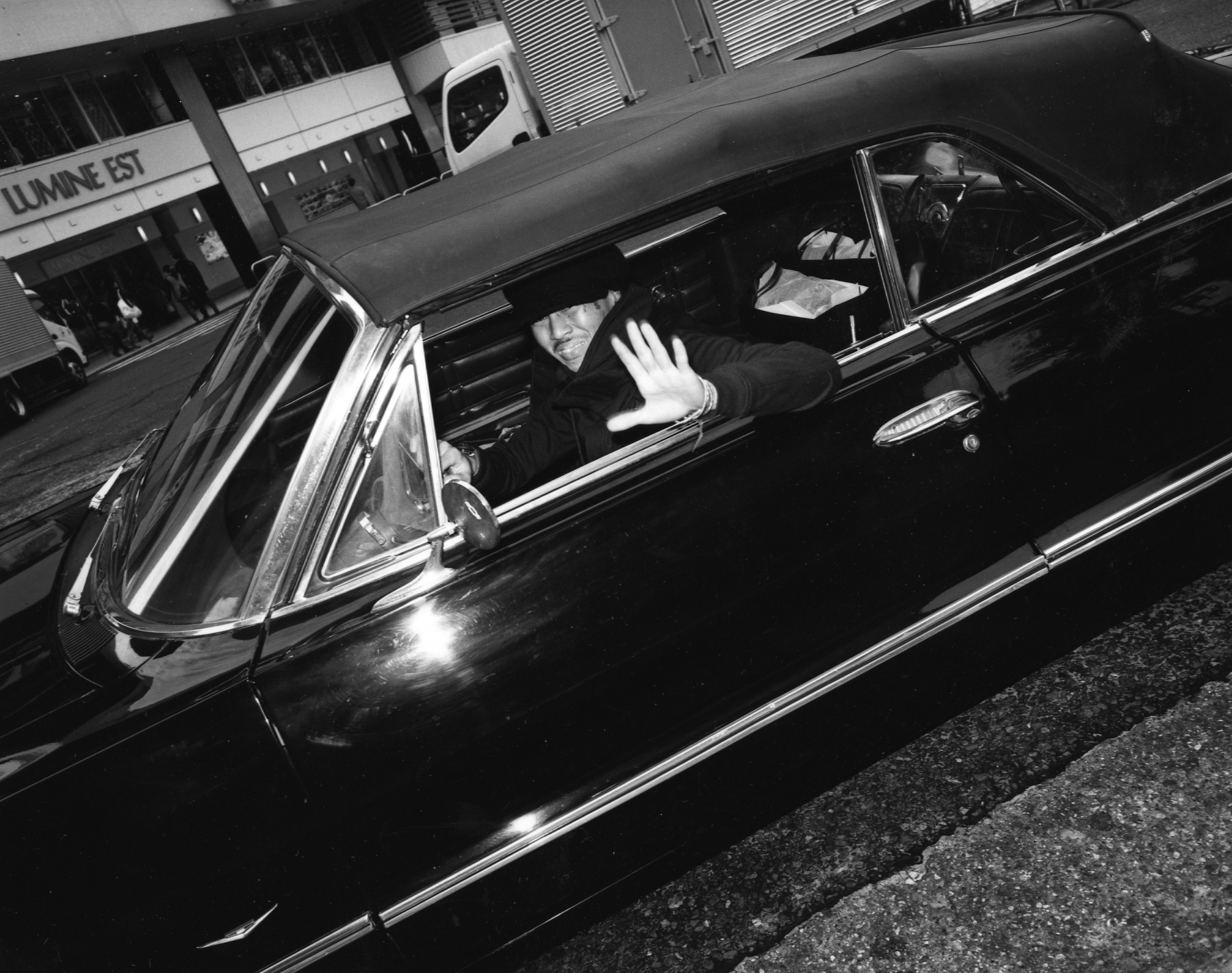
Todoroki © Keizo Motoda
TRENDING
-
The Tattoos that Marked the Criminals of the Edo Period
Traditional tattoos were strong signifiers; murderers had head tattoos, while theft might result in an arm tattoo.

-
Chiharu Shiota, Red Threads of the Soul
Last year, more than 660,000 people visited the retrospective 'Chiharu Shiota: The Soul Trembles' exhibit at the Mori Art Museum.

-
‘Before Doubting Others, Doubt Yourself. Who Can Truly Say a Dish Isn’t What It Used to Be?’
In ‘A Non-Conformist’s Guide to Surviving Society’, author Satoshi Ogawa shares his strategies for navigating everyday life.

-
The Story of Sada Yacco, the Geisha who Bewitched Europe
Described by Dazed magazine as the first beauty influencer, she has been restored to her former glory since 2019.

-
Ito Jakuchu's Naturalist Paintings
From 15 September until 14 October 2018, the Petit Palais showcased the artist's iconic ‘Images of the Colourful Realm of Living Beings’.





